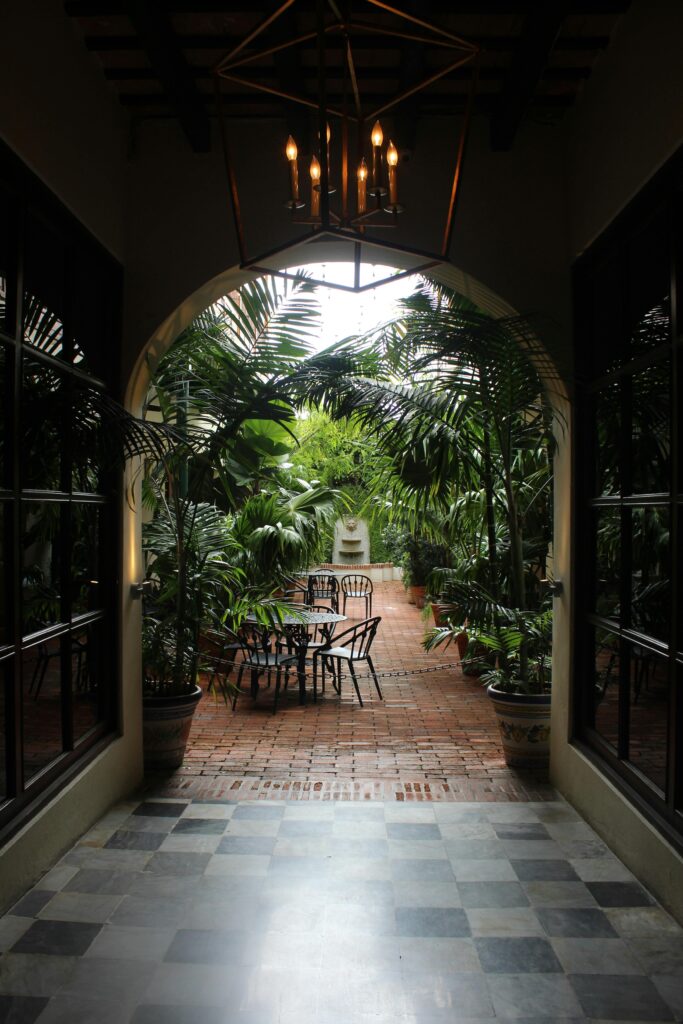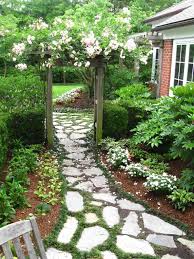Garden design is a holistic process that considers your gardening goals, desires and lifestyle. It’s about understanding your space so that it works for you and your family while delivering a striking landscape.


Group plants that have similar water needs together to make irrigation easier. This technique is known as hydrozoning.
Choosing the Right Plants
Plant selection is perhaps the most important aspect of garden design. The right plants will thrive in your environment and make for a stunning garden that will delight you year-round. While it may be tempting to impulsively pick up the first plants you see in the nursery, taking some time and doing your homework will help you find the right plants for your specific garden.
There are a few basic things to remember when choosing the right plants for your garden:
1. Know Your Climate
Every region of the country has unique environmental conditions that affect the health and beauty of gardens. The temperature extremes, amount of rainfall and soil type in your yard are some of the most important factors to consider when selecting plants for a landscape project. You can determine the climate of your garden site by watching how the sun moves throughout the day and by observing which areas of your yard receive shade and sun. The information found on a plant tag will also give you a good idea of how much sunlight the plant needs to grow and thrive.
2. Choose Low Maintenance Plants
When creating a garden, it is important to select perennials, shrubs and trees that provide year-round color and interest. These plants should be low maintenance as well. This will decrease the amount of work that needs to be done in your garden as the plants mature and become established.
3. Choose Plants that Fit Your Style
It is essential to think about what you want your garden to look like and then match the plants that will create that vision. For example, you can create a cottage garden with a variety of flowers in a range of colors that all complement each other. Or you can go for a more formal design by pairing evergreen trees and shrubs with perennials that add texture and interest.
4. Plan for Growth
Before planting, it is important to think about how large a plant will be when fully grown. This is particularly important for tall plants such as trees. You do not want to plant them in an area where they will outgrow their space or where they will interfere with your home or other outdoor structures.
Maximizing Small Spaces

One of the main principles of garden design is to create a space that is not only beautiful, but also functional. This means making sure that the layout of your garden has plenty of room for seating, play and activities, as well as providing access to potting benches, compost bins and garbage cans. It also involves ensuring that the plants you choose will be able to grow and thrive in your specific climatic conditions. For example, hydrangeas like plenty of water and may not fare very well in hot dry gardens, while Mediterranean plants such as lavender and thyme are more at home with gritty, dry soil.
The choice of materials for paths, walkways and other surfaces is vitally important to garden design. It is essential that they are suited to the local climate and can cope with foot traffic. Surfaces may be natural or processed – such as gravel or resin-bonded gravel – or manmade, including concrete, stone, brick or wood. They should be easy to maintain and safe to walk on, and where practical provide drainage.
Planting design requires a high level of creativity, aesthetic judgement and horticultural knowledge. It encompasses a broad range of techniques, from formal rectilinear planting design (Europe and Asia) to informal and naturalistic planting design.
Lines are used to establish patterns, define spaces, sculpt forms and unify themes within the garden. They can be created through the use of contrasting materials, such as a brick patio next to a grass lawn; or by the insertion of elements that accentuate or soften existing boundaries, such as hedges or walls.
Color is another key element to consider when designing a garden. It can be introduced through flowers, foliage and even non-living elements such as hardscaping and garden art. Color can evoke particular emotions, from warmth and energy to tranquility and calm.
Ultimately, the best garden designs are those that are a true reflection of the people who live there. It is important to take the time to think about what you want from your garden, and be prepared for it to change over time. If you decide that you don’t love a shrub that you planted in the past, then don’t be afraid to dig it up and try something new!
Pathways and Walkways

Garden pathways help to visually enlarge small gardens and make large yards feel more intimate. They also provide a framework for the design, connecting areas of interest and creating transitions. They can be made from a variety of materials including stone, wood chips, gravel and even a mowed swath of grass. Pathways can be straight or curved and can be designed for beauty, functionality, or both.
Whether they are mowed, laid out of stones or bricks, or made up of stepping-stones with ground cover plants in between, pathways draw the eye around the garden and encourage exploration and adventure. They can be used to highlight certain plantings or landscape features such as a tree, a sculpture or a series of shrubs. Curved garden paths evoke a sense of movement and awe which is often more appealing than a straightforward line to the front door.
Whatever material you choose for your garden pathway it is worth noticing the hues and textures of the surrounding plants as these will affect how the pathways sit in the garden. It can be useful to consider whether you want them to contrast or harmonise with the colours of other hardscaping elements such as fence walls, garden ornaments, flower beds or even the colour of your house.

While a path doesn’t have to match the rest of the garden it can be a good idea to use the same material for the paving and bed edgings if you are going for an integrated look. This harmonising helps the garden to look planned rather than a collection of unrelated elements.
If you’re using stepping-stones to create your pathway, set each one carefully before filling in the space around them with gravel. This will make the stones more secure and will prevent them from shifting, settling or sinking over time. Regularly check the stones for loosening and top up the gravel to keep it in place. For a more natural garden design, try mixing the stones with swaths of wildflowers or ground cover plants that will soften the look and add some interest and texture.
Adding Structure
Garden design is a complex endeavor that includes determining the garden’s purpose and how it will be used. It also considers the horticultural needs of specific plants, their season-to-season appearance and lifespan, as well as their combinations with other elements such as lighting, water features and seating areas.
Garden designers often create a functional garden that is both visually appealing and useful to its owners. This may involve adding areas for entertaining and relaxing, providing space for children to play, or incorporating raised beds where vegetables can be grown. It also involves ensuring that the garden’s layout meets its horticultural and maintenance requirements, such as sunlight availability or soil type.
The structure of a garden can be enhanced with the use of hardscapes such as paths, walls and sitting areas, and the addition of softscapes such as flowerbeds and shrub borders. Garden structures such as trellises, arbors and gates can help to tie together a garden’s plantings. The use of walls can create height and depth, and it’s possible to add interest to flat landscapes by building retaining walls and terraces using rockery stones or gravel.
Decorative features can also add garden structure, such as an urn or statue on a pedestal or a trellis supporting climbers. A water feature, such as a fountain or pond, can also be a focal point and make a strong statement in a garden.
Color, texture and scent can all be used as a design tool. For example, the color yellow can be echoed throughout a garden to bind the plantings together and provide a sense of continuity. A balance of repetition and contrast is important; using too much of one element can become monotonous, but when the right balance is achieved, the result can be a harmonious and rhythmic effect.
A variety of different styles exist for garden design, reflecting the individuality of each homeowner. Tilly groups garden designs into 8 main categories, including Modern, Cottage, Classic, Eclectic, Formal, Tropical, Southwestern and Naturalistic. Each style has its own characteristics that can influence the design process, although it’s possible to mix elements from different garden designs and to combine them into a hybrid garden.
